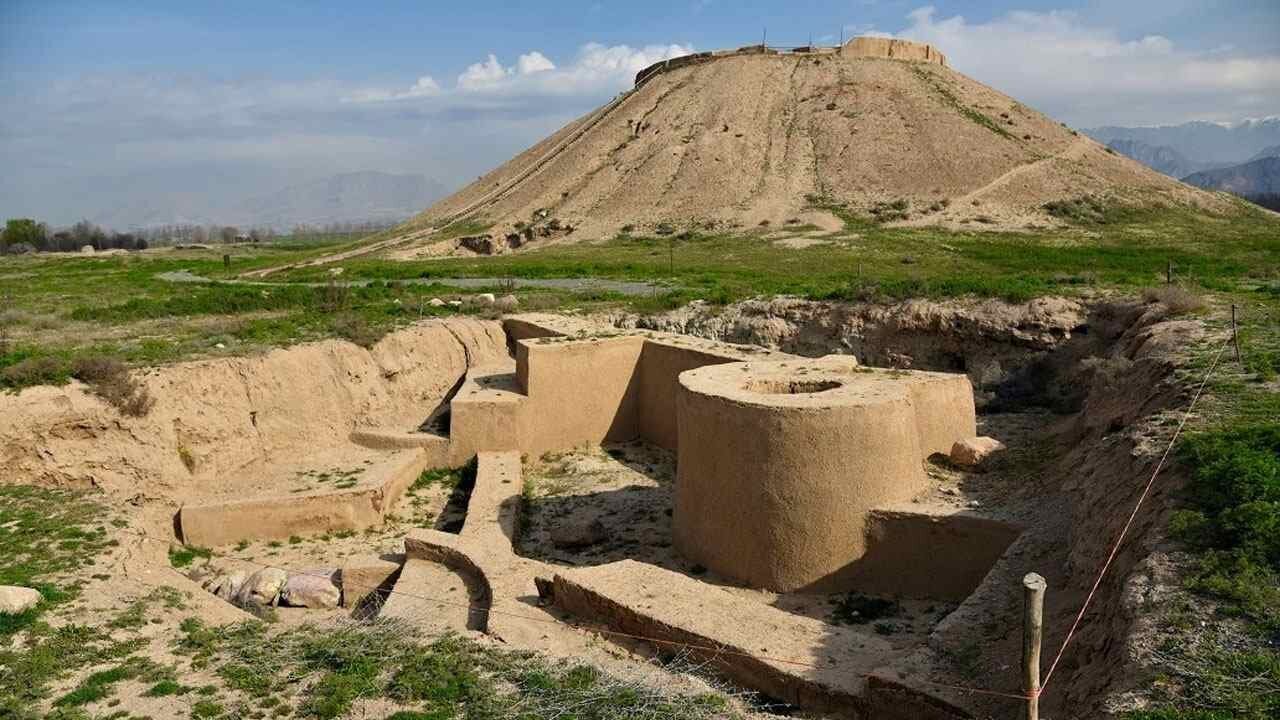Tepe Ozbaki, Caravanserai of Yengi Imam, still hidden gems near Tehran

TEHRAN – Mostafa Dehpahlavan, the head of the Research Institute of Cultural Heritage and Tourism, has underscored the tourism significance of two historical sites in Alborz province, Tepe Ozbaki, and the Caravanserai of Yengi Imam.
Dehpahlavan on Thursday emphasized that the two sites hold immense potential as cultural and historical attractions for tourism near the Iranian capital.
“These sites, though only partially excavated, can serve as important cultural and historical tourism attractions,” Dehpahlavan said.
Dehpahlavan stressed the necessity of first establishing tourism infrastructure and museum sites in the area before conducting extensive excavations.
“It is crucial that the findings, once unearthed, are properly preserved and narrated. Failure to present these heritage structures adequately, utilizing modern technology, could lead to a misinterpretation of the site’s significance for the public,” Dehpahlavan elaborated.
“Therefore, meeting these requirements is essential for the development of cultural and historical tourism.”
Dehpahlavan further highlighted the strategic location of Tepe Ozbaki, suggesting its potential transformation into a museum site and a science and technology park focused on cultural heritage.
According to the senior Iranian archaeologist, the eighth season of excavation on Tepe Ozbaki began last August to throw new light on the history of human settlement at the site.
“So far, the hill site has yielded cultural relics dating from the first half of the 7th millennium to the first half of the first millennium BC, i.e. the Medes period.”
Experts suggest that the discovery of certain objects in the hill indicates some kind of commercial link to Susa in the Khuzestan region, southwest Iran.
The discovery of objects such as tablets, statuettes, and ‘jagged’ earthenware in the hill indicates some kind of commercial link between Susa in Khuzestan and, this in Tehran province, according to senior Iranian archaeologist Yousef Majidzadeh, who has led excavations at Ozbaki, Qabristan, and Jiroft hills.
The Caravanserai of Yengi Imam showcases an exemplary form of Persian architecture, which emerged from the Silk Road. Experts say that the caravanserai offers a unique venue for exchanging goods and traditions among travelers coming from the most diverse cultures.
In September of the previous year, a selection of 54 century-old roadside inns received UNESCO recognition under the name “The Persian Caravanserai.” However, this shortlist represents only a small fraction of the numerous caravanserais built along the ancient roads of Iran.
Due to its traditional texture and atmospheric surroundings, the establishment of a five-star caravanserai hotel will be a good idea to accommodate domestic and foreign guests and to provide a source of income, according to the provincial tourism chief.
Yengi-Imam caravanserai is one of the prestigious and valuable historical monuments that is situated along the ancient Silk Road, Rahim Khaki added.
In addition, side spaces of the caravanserai can be used for exhibition settings, such as ethnic fairs, handicraft sales exhibits, and local bazaars, he said.
For centuries, caravanserais constituted key parts of a rich circuit of travel and trade by providing shelter, food, and water for caravans, pilgrims, and other trekkers. For many travelers, staying in or even visiting a centuries-old caravanserai can be a broad experience; they have an opportunity to feel the past, and time travel to a forgotten age.
The earliest caravanserais in Iran were built during the Achaemenid era (550 - 330 BC). Centuries later, when Shah Abbas I assumed power from 1588 to 1629, he ordered the construction of a network of caravanserais across the country. Such roadside inns were once constructed along ancient caravan routes in the Muslim world to shelter people, their goods, and animals. The former Silk Road may be the most famous example, dotted with caravanserais.
AFM
Leave a Comment